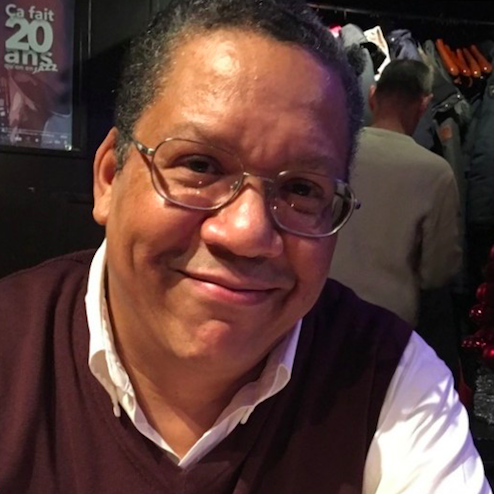
Target recently announced it will raise its starting wage for some workers to as much as $24 an hour. The exact starting wage will depend on the job and the local market, with market-level wages set by the retailer based on industry benchmarking and data on local wages. As this analysis is still underway, the Minneapolis-based corporation did not reveal which areas will be getting the highest starting wage.
Target pushes the envelope on hourly pay
The new approach will apply to hourly employees working in Target stores, supply chain facilities and headquarters locations, according to a press release on the retail giant’s news website.
“The market has changed,” said Target CEO Brian Cornell in an interview with The Associated Press. “We want to continue to have an industry-leading position.”
Target, which more than 350,000 workers and more than 1,900 U.S. stores, said in the press release the hike in some starting wages is part of its plan to spend an additional $300 million on its workforce. That investment also includes expanding access to healthcare benefits for hourly workers, beginning in April.
In its announcement, the retailer said the “expanded offerings help advance key portions of the company’s Target Forward strategy that aim to create equity and opportunity for Target’s team, partners and communities.”
Not only higher pay, but more employee benefits for some
Under the plan, Target's hourly employees who work a minimum average of 25 hours a week will be eligible to enroll in a company medical plan, instead of the previous requirement of 30 hours per week. The retailer is shortening the waiting period for eligible hourly team members to enroll in a Target medical plan. Depending on their position, employees will be able to get comprehensive health care benefits three to nine months sooner. Employees will also get faster access to 401(k) plans.
“We want all team members to be better off for working at Target, and years of investments in our culture of care, meaningful pay, expanded health care benefits and opportunities for growth have been essential to helping our team members build rewarding careers,” said Melissa Kremer, Target’s chief human resources officer.
Five years ago, Target set a new marker for the retail industry back when it announced it would increase hourly wages to $15 by 2020. But U.S. labor-market dynamics have shifted during the pandemic, with many employers facing severe worker shortages. Many of Target’s rivals are now paying a minimum of $15 per hour or more.
During the pandemic, retailers like Best Buy followed suit, with some surpassing Target. Costco raised its minimum hourly wages for workers from $16 to $17 last fall. Amazon’s starting wage is $15 per hour, and its nationwide average starting wage for jobs in transportation and fulfillment is $18 an hour.
Walmart lags behind these retailers. Last fall, it boosted its minimum wage to $12, from the $11 hourly base it established in 2018. Walmart also raised the hourly wages for more than 565,000 store workers by at least a dollar.
While many retailers struggle to find workers, Target has claimed its employee turnover rate is now lower than before the pandemic. The retailer also said that it was able to exceed its goal of hiring 100,000 seasonal workers at its stores and 30,000 in its supply chain network across the country throughout the 2021 holiday season.
As the Associated Press has reported, The ongoing scramble for workers within the retail and other sectors has led to significant increases in hourly wages, giving many lower-income and part-time employees a boost in wages not seen in years. Data from the Federal Reserve Bank of Atlanta concluded that pay among the poorest 25 percent of workers surged 5.8 percent in January when compared to one year ago.
Better pay, however, doesn't necessarily mean that hourly workers are faring well. As some economists have suggested, the pandemic has widened inequality between the haves and the have-nots: Inequality.org, for example, has concluded that by and large, the growth of jobs and pay has been largely uneven.
Wage increases have been a mixed bag for retail employees
In January, average pay for retail workers, excluding managers, jumped 7.1 percent from a year earlier to $19.24 an hour. That’s faster than pre-pandemic gains. In January 2020, pay for retail workers rose 4.2 percent from the previous year. In January 2017, it rose just 1.7 percent from the previous year.
That's not only good news for workers, but for their employers as well. A July 2020 report from Just Capital suggested that paying workers a living wage can result in less absenteeism, lower turnover, and more capable and motivated workers.
Unfortunately, inflation has eaten away at most of those increases, with consumer prices rising more than they have in four decades. Yet that spike in inflation followed a year of muted price gains. According to the Federal Reserve Bank of Dallas, pay increases have been strong enough to offset inflation, leaving workers, on average, with slightly higher inflation-adjusted pay.
The labor shortage continues to take its toll on workers. According to a recent report from the Shift Project, a joint venture by Harvard University and the University of California, San Francisco, “Alongside the health risks, uncertainty and stress of working during a pandemic, many service-sector workers continue to contend with chronically unpredictable and unstable work schedules.”
Image credit: Abhinav Bhardwaj via Unsplash

Gary E. Frank is a writer with more than 30 years of experience encompassing journalism, marketing, media relations, speech writing, university communications and corporate communications.














